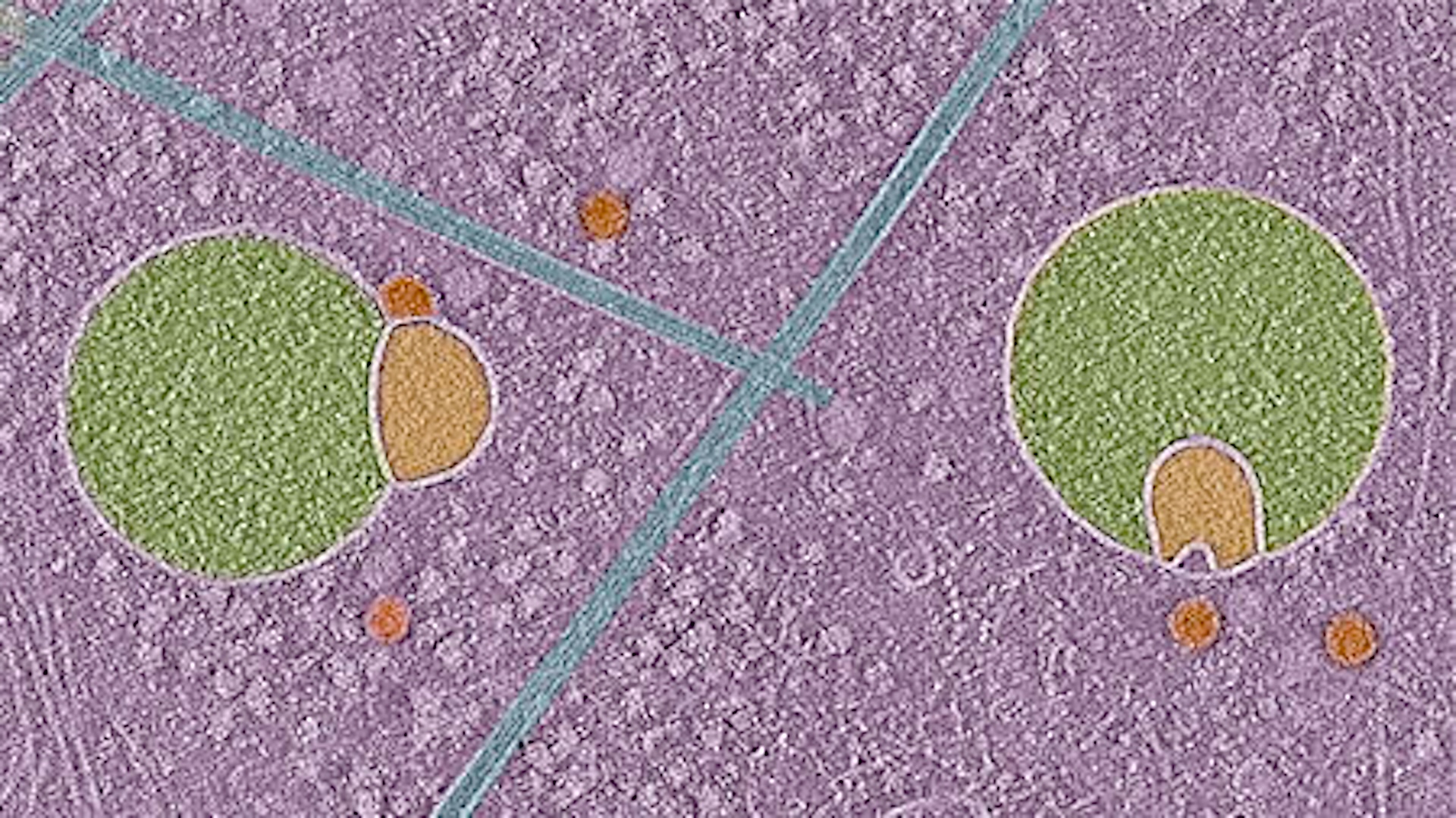Will Parker Solar Probe Really 'Touch the Sun'?

Next month, NASA will give the sun its close-up. The Parker Solar Probe will begin a seven-year mission to examine the sun's energy, in an effort to better protect people and spacecraft from the star's potentially devastating effects. A particularly lofty milestone for the probe? "Touching the sun," NASA says.
Considering the sun is a ball of sizzling gas — with no solid surface — what, exactly, does that mean?
After it launches, no earlier than Aug. 4, Parker will periodically fly through the outermost layer of the sun's atmosphere, called the corona, where temperatures can soar as high as 3.5 million degrees Fahrenheit (2 million degrees Celsius).
Even more bizarre, the sun's corona is 300 times hotter than the photosphere — the lowest layer of the sun's atmosphere, where solar flares belch and sunspots form. (Why that's the case is still a mystery – that's one question Parker is designed to answer.) And as the corona billows out into space as a stream of charged particles known as the solar wind, the superheated gas cools. [See Gorgeous Images of the Sun's Corona in Simulations]
Because of the extreme temperatures, sun-observing spacecraft have trouble getting close enough to get a complete picture of the corona's activity. So, the Parker Solar Probe, equipped with special shielding, will zoom in to just 4 million miles (6.4 million kilometers) from the sun's photosphere to get close-up views. That's more than 14 times closer than Mercury is to the sun — a distance that averages of 58 million miles (93 million km). And it will be the closest that any human-made object has been to the sun — essentially, Parker will "touch the sun."
"Parker is going to be the first time where we're going to get close enough to the sun to see where the action is happening, where the corona is heated and where the solar wind is being accelerated," Eric Christian, a research scientist on the Parker mission at NASA's Goddard Space Flight Center in Greenbelt, Maryland, told Live Science.
Parker's main science goals are to understand how the solar wind is accelerated and why the corona is superhot. These are important science and exploration questions, Christian said. The sun periodically sends out solar flares and, along with them, coronal mass ejections that can carry dangerous charged particles across the solar system.
Get the world’s most fascinating discoveries delivered straight to your inbox.
Parker's heat shield is a lightweight, 4.5-inch thick carbon foam core that is 97 percent air, according to NASA. Surrounding it is two panels of superheated carbon-carbon composite. The side closest to the sun was spray-coated to reflect the star's energy, allowing the spacecraft to stay as cool as possible.
The spacecraft will be so close to the sun that it won't be able to take pictures while looking straight at it, because otherwise it will be damaged. So NASA will depend on its fleet of other sun spacecraft to show how the sun looks while Parker collects information about the star's activity. The Solar Dynamics Observatory and the Solar and Heliospheric Observatory already do regular observations of the star from afar to monitor its sunspots, flares and other indications of solar activity, so they'll continue doing that job while Parker gets its close-up view.
Parker's first glimpse of the sun from up close will happen just four months after launch. First, it will do a quick flyby of Venus. However, Christian said science observations at the planet are unlikely because Parker's instruments are designed to pick up charged particles, and Venus doesn't have much of a magnetic field. Then, Parker will dip as close as 17 million miles (27 million km) from the sun in this particular flyby, autonomously collecting observations and then slowly transmitting them back to Earth the following year, Christian said.[
Why the delay? The sun is a powerful source of radio waves, and it can interfere with Parker's communications. While Parker is close to the sun and orbiting near the sun (relative to Earth's view), NASA will avoid getting in touch with the probe, so that the space agency's commands don't confuse the spacecraft. NASA is already used to such situations, such as when Mars gets close to the sun (from Earth's perspective) and the agency suspends conversations with rovers on the surface.
Christian said he can't wait to see what Parker will show us about the sun. Compared with terrestrial weather forecasting, he said, our solar weather predictions "are way behind … We can't forecast when the sun will give off these storms," he said. But with more data, scientists may someday understand solar weather as well as they do tornado formation on Earth today, he said.
Originally published on Live Science.

Elizabeth Howell was staff reporter at Space.com between 2022 and 2024 and a regular contributor to Live Science and Space.com between 2012 and 2022. Elizabeth's reporting includes multiple exclusives with the White House, speaking several times with the International Space Station, witnessing five human spaceflight launches on two continents, flying parabolic, working inside a spacesuit, and participating in a simulated Mars mission. Her latest book, "Why Am I Taller?" (ECW Press, 2022) is co-written with astronaut Dave Williams.
